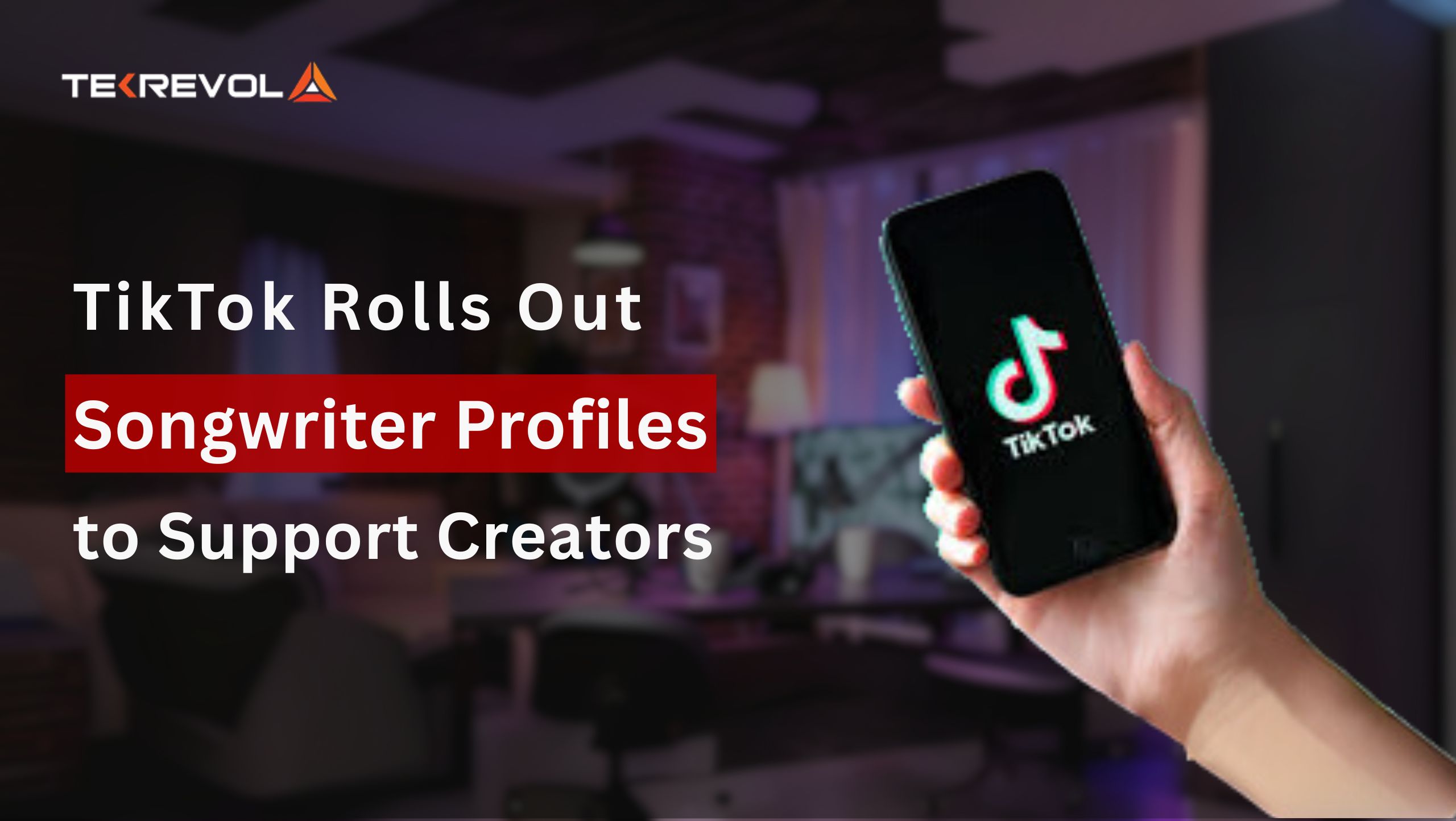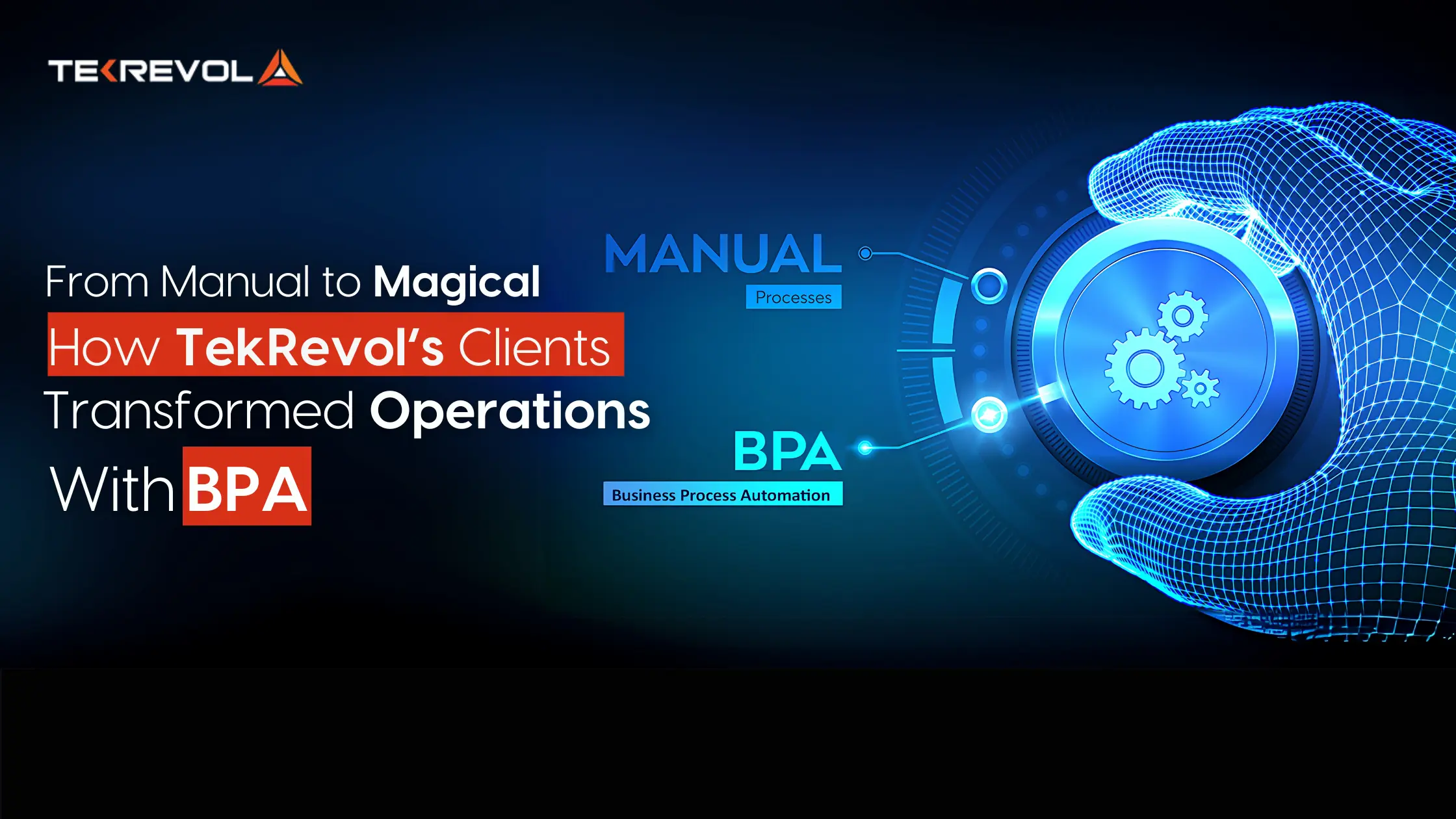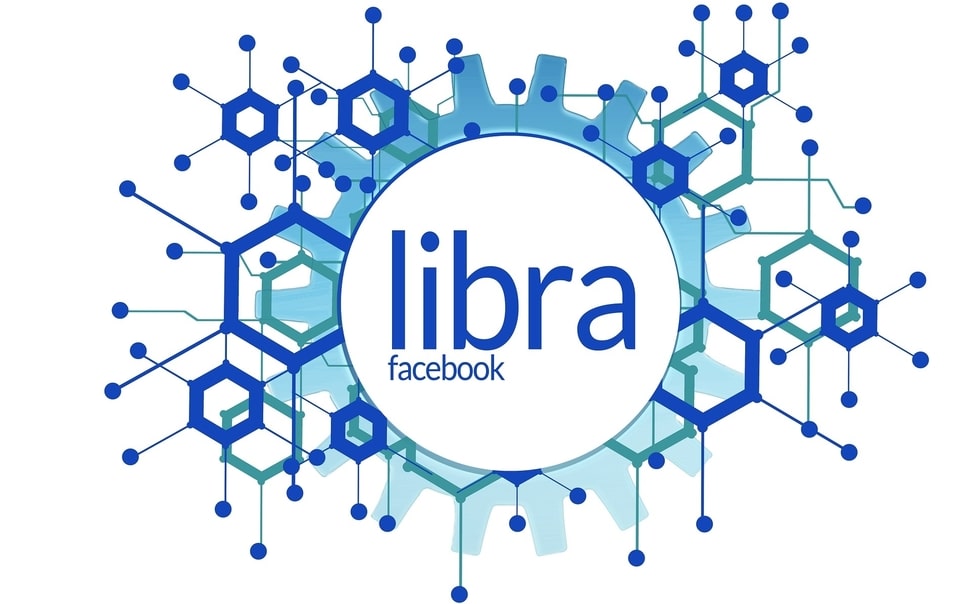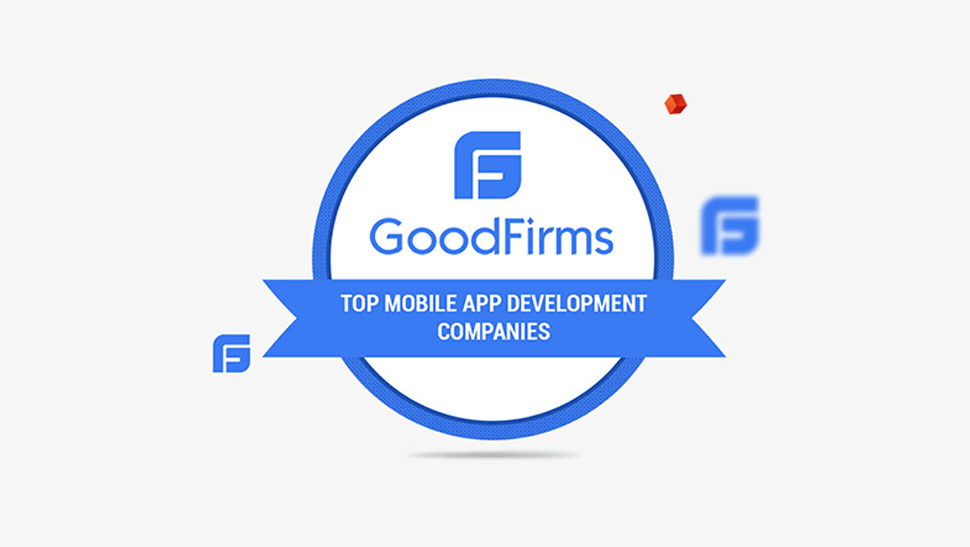A new label and Music tab give songwriters the credit they’ve long been missing.
TikTok has introduced new features that give songwriters more visibility and control over their work. A new “Songwriter” label and a Music tab are now available in beta. These updates allow songwriters to tag songs they’ve written and display them directly on their profiles.
The Songwriter label appears next to a creator’s name, while the Music tab lists their songwriting credits. Each credit links to the song’s sound page and related TikTok videos.
“We’ve heard loud and clear from the songwriting community. Creators deserve credit and visibility. These tools are part of our long-term investment in building a fair and transparent ecosystem for music creators.” Ole Obermann; TikTok’s Global Head of Music Business Development
This change follows months of industry pressure for greater attribution and licensing clarity. TikTok has previously faced criticism for vague credit systems, especially when songs go viral, but the creators behind them remain unknown.
A Response to Feedback From Songwriters
TikTok says it built these features based on input from over 870 songwriters and music industry partners. The beta version is live for select users, and other creators can join a waitlist to request early access.
The update is a part of TikTok’s broader efforts in music infrastructure. While its native distribution service, SoundOn, helps independent artists release songs directly to TikTok and other platforms, these new tools now give writers a platform to build a presence.
This change matters as TikTok has long helped songs go viral, but the people behind the music have often remained invisible. And let’s not forget: over 80% of Gen Z users discover new music through TikTok, according to recent analytics. By letting songwriters add credits to their profiles, TikTok turns passive recognition into active attribution.
As TikTok continues to expand its role in the music industry, features like the Songwriter label could become essential. Not just for credit, but for connecting creators across different stages of the music lifecycle. For music app developers and businesses working on apps or tools for creators, this shift highlights how platforms are rethinking credit systems and user profiles.











